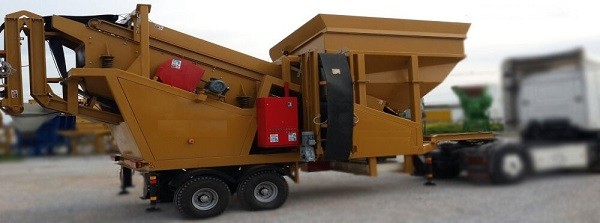Mineral ore crushing and screening plants are essential facilities in the mining and construction industries. These plants process raw ore into desired sizes for further use in various industries, including metallurgy, construction, and chemical production.
What is a Crushing and Screening Plant?
A crushing and screening plant is an integrated system designed to reduce large rocks and ores into smaller, uniform-sized particles. The process involves two main stages:
Crushing – Breaking down large ore pieces using crushers (jaw, cone, impact, etc.).
Screening – Separating crushed material into different sizes using vibrating screens.
Key Components of a Crushing and Screening Plant
Primary Crusher (Jaw Crusher/Gyratory Crusher) – First-stage size reduction.
Secondary Crusher (Cone Crusher/Impact Crusher) – Further crushing for finer output.
Tertiary Crusher (Vertical Shaft Impactors) – Produces sand-like material.
Vibrating Screens – Classifies materials into different sizes.
Conveyor Belts – Transports material between stages.
Control System – Automated monitoring for efficiency.
Types of Crushing and Screening Plants
Stationary Plants – Permanent setups for large-scale mining.
Mobile Plants – Portable units for temporary or remote operations.
Modular Plants – Pre-assembled sections for quick installation.
Applications
Iron ore, copper, gold, and limestone processing.
Aggregate production for construction.
Recycling of construction waste.
Advantages
✔ High Efficiency – Automated systems reduce labor costs.
✔ Customizable Output – Adjustable crushers for different material sizes.
✔ Durability – Robust machinery for long-term use.
Conclusion
Crushing and screening plants are crucial for transforming raw ore into usable materials. Investing in the right plant improves productivity and reduces operational costs in mining and construction.
 English
English
 Le français
Le français
 Türkçe
Türkçe

